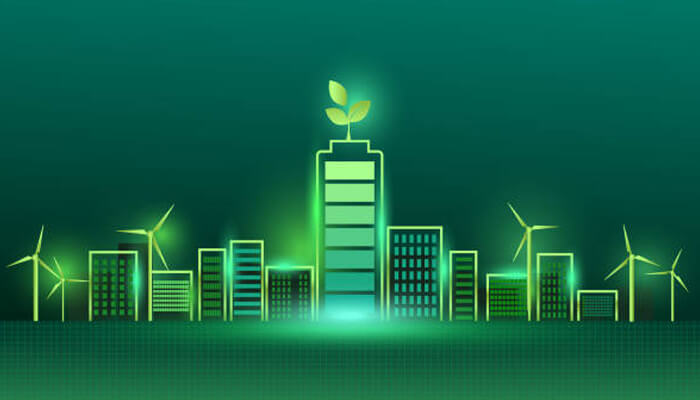In 2023, there is a growing need for both businesses and individuals to take a more proactive stance on environmental issues. It is a fact that climate change has now become a reality rather than a theoretical concept and a series of statistical projections.
Last year, millions of people were displaced by the extreme flooding in Bangladesh, many countries experienced one of the warmest summers on record, and droughts or extreme weather patterns seem to be becoming more frequent. Individuals can act by improving the energy efficiency of their homes to reduce the reliance on fossil fuel power stations and can choose to use their cars less for short journeys or switch to a hybrid or fully electric model. Businesses must also be able to demonstrate that they are undertaking meaningful steps and changes to become more environmentally conscious. In this article, some key examples of how modern businesses are achieving this will be explored.
In the Construction Industry
The construction industry forms a significant part of the total GDP of most developed countries. It is also a large employer of a skilled and semi-skilled workforce, with an estimated 11.3 million people being employed in this sector in America alone. Construction work helps to develop and improve both urban and rural areas and can stimulate growth. In recent years, the construction industry has recognized the importance of being environmentally conscious and responsible in its diverse project work. New building and construction projects will have to be subject to environmental compliance permitting processes, especially when they involve modifications or maintenance to water resources, such as the distribution of water or drainage systems. This helps to ensure that there are no negative effects on the wider environment because of this work. Increasingly, sustainable materials are being incorporated into construction methods to reduce the reliance on materials that have a high carbon footprint.
Remote Working for a Lower Carbon Footprint
Millions of employees found that they were required to work remotely or adopt hybrid models of working because of the recent covid-19 pandemic. Now that the worst effects of the virus and the governmental movement restrictions have eased in most countries, there is still a demand for these models of work. Many workers report that they enjoy improved productivity when working from a home office and have greater freedom to determine how they approach their working day. However, one of the biggest benefits from these new models of working is the reduction in carbon emissions that can be realized. Traditionally, millions of workers will have been required to commute to and from a physical, centralized workplace. This often involved the use of a private or company car, commonly with just the employee in the vehicle. For a medium or large sized company, this could equate to thousands of short car journeys being made every week. Given that most of the citizens still own petrol or diesel powered cars, this releases significant amounts of CO2 and pollution to the local environment. Today, with an increasing demand for remote and hybrid models of work, environmentally aware corporations are encouraging this change as it can help to drive significant reductions in CO2 emissions. Many forward-thinking firms now offer fully remote or hybrid working schedules for new positions as part of their wider sustainability strategy.



